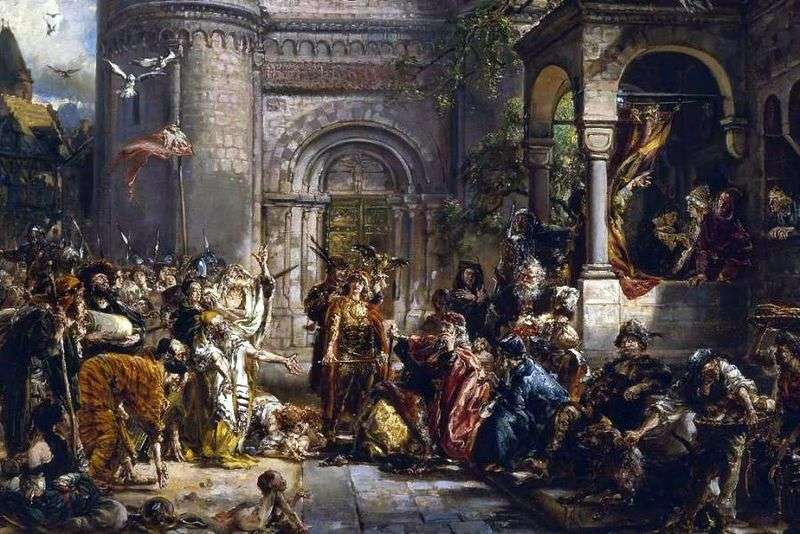
In 1887, Jan Matejko was awarded the title of Honorary Doctor of the Jagiellonian University. A year later, in June 1888, the artist began work on the cycle “The History of the Polish People”, which later provided the author with commentary.
Secretary of the artist Marian Gozhkovsky wrote: “As Mateiko told me, he decided to prove that he deserves the degree of doctor who was awarded by his university.” The cycle consists of three parts. The first – of the six paintings – is dedicated to the era of the Piast dynasty in Poland, the second – of the four paintings – the Jagiellonian dynasty, the last two – the decline of the Commonwealth.
The cycle opens with the adoption of Christianity, 1899 and the Coronation of the First King. The last pictures in this series are the “Constitution of May 3”, the “Four-year Diet”, the “Educational Commission” and the “Section of Poland”. One of the works – “Reception of Jews in Poland” – the artist wrote in an enlarged format on the order of Arnold Rappaport from Vienna.
Despite the presence of the author’s comments, “The History of the Polish People” is a real historical puzzle. Not so long ago, art critics came to the conclusion that this cycle should be viewed as an artist’s view of the struggle between the progress of civilization and religious consciousness.
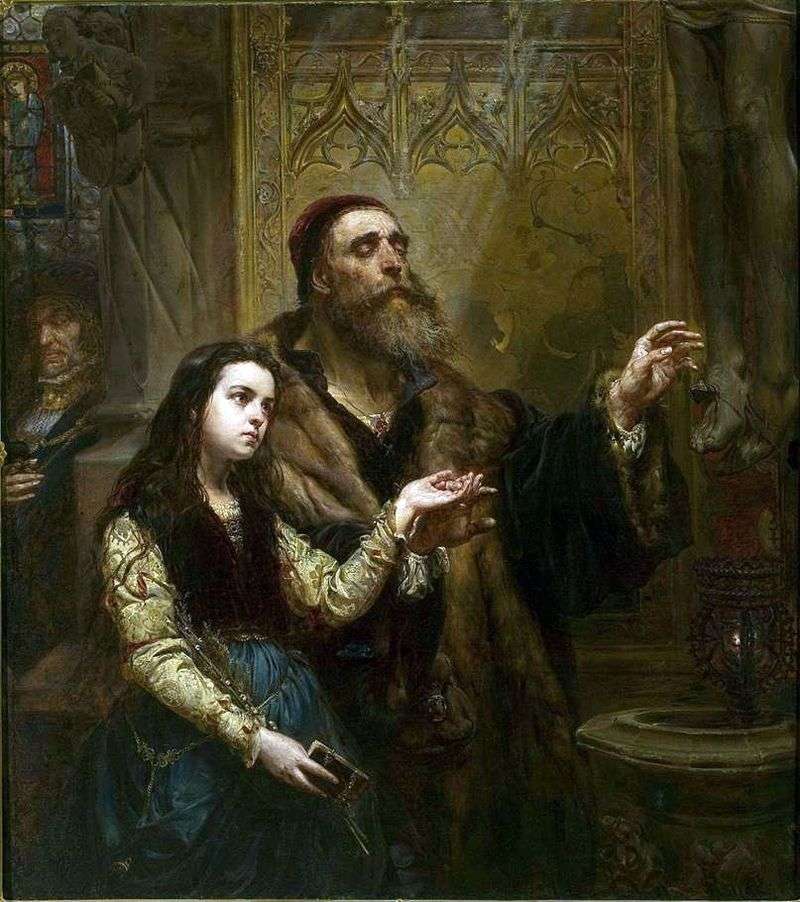 Blind Vit Stvosh with granddaughter by Jan Aloizy Matejko
Blind Vit Stvosh with granddaughter by Jan Aloizy Matejko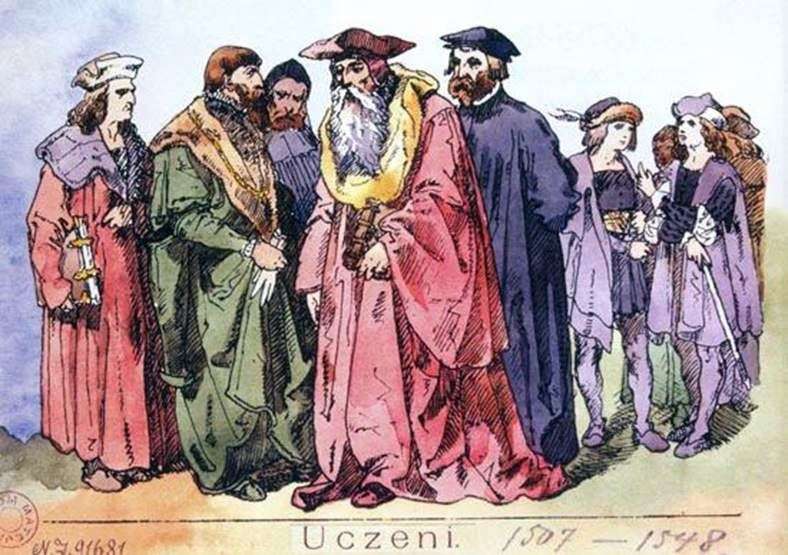 Polish national costume by Jan Aloizy Matejko
Polish national costume by Jan Aloizy Matejko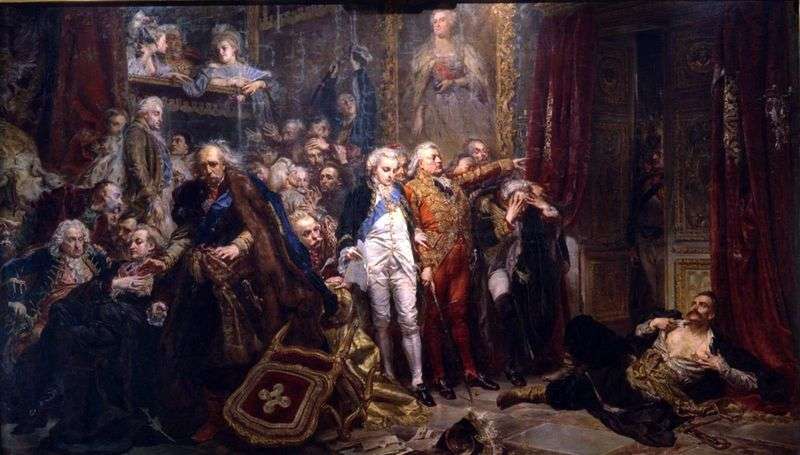 The decline of Poland by Jan Aloiy Mateiko
The decline of Poland by Jan Aloiy Mateiko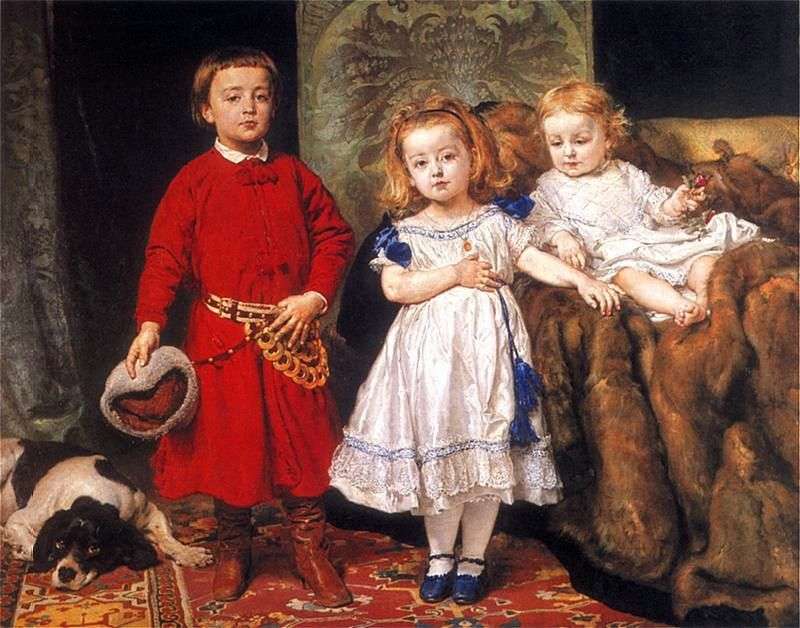 Portrait of the three children of the artist by Jan Aloizy Mateiko
Portrait of the three children of the artist by Jan Aloizy Mateiko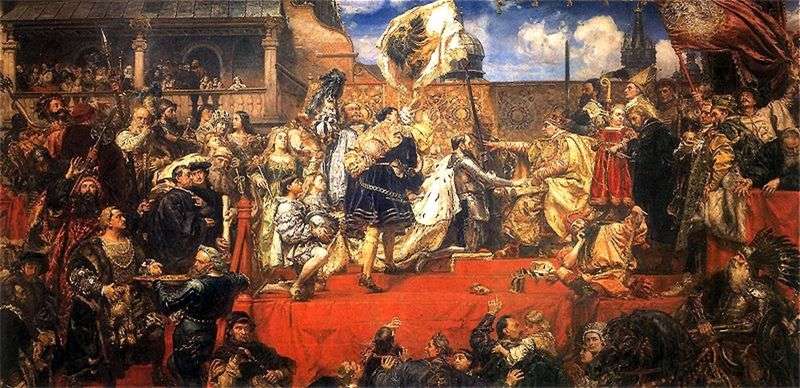 Prussian Tribute by Jan Aloiy Mateiko
Prussian Tribute by Jan Aloiy Mateiko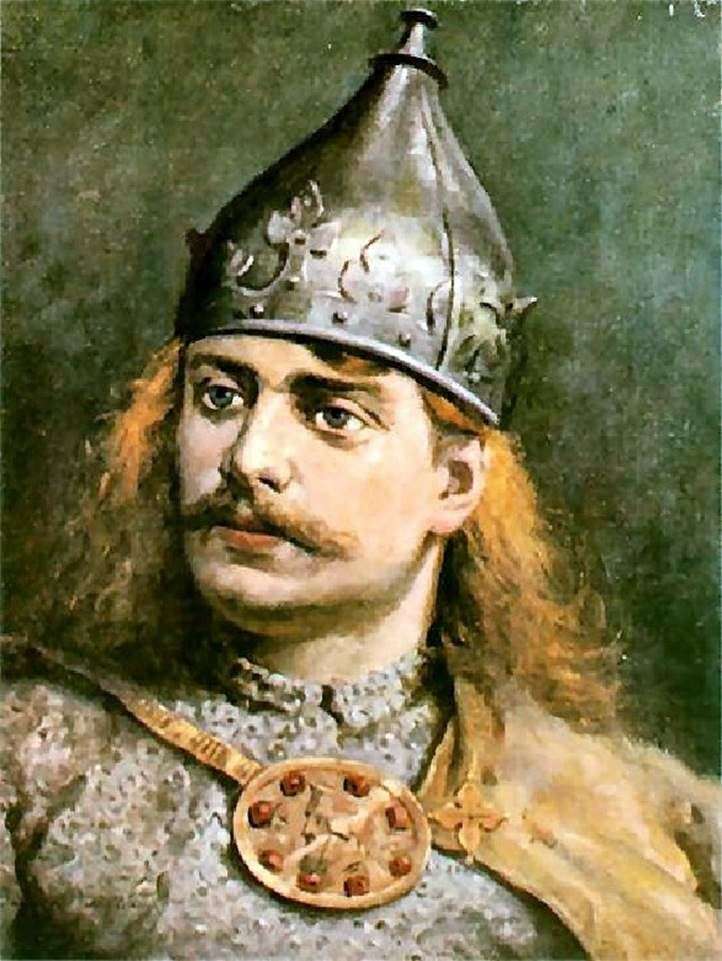 Portrait of Boleslav III Krivoustou by Jan Aloisy Matejko
Portrait of Boleslav III Krivoustou by Jan Aloisy Matejko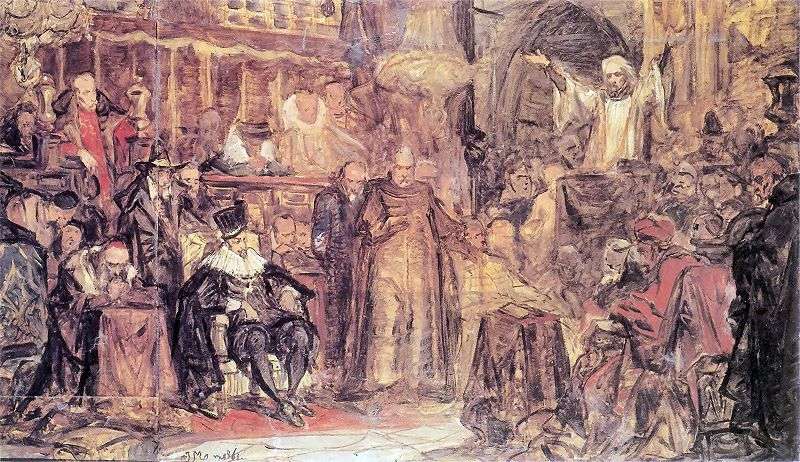 Skargi’s Sermon by Jan Aloiy Mateiko
Skargi’s Sermon by Jan Aloiy Mateiko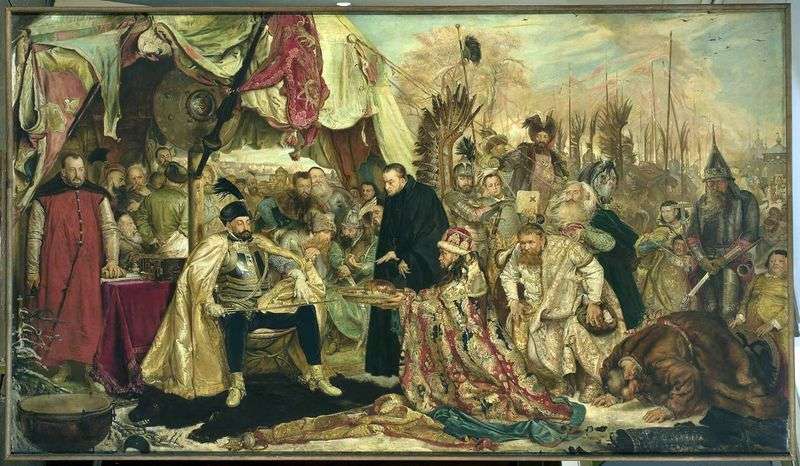 Batory near Pskov by Jan Aloiy Mateiko
Batory near Pskov by Jan Aloiy Mateiko